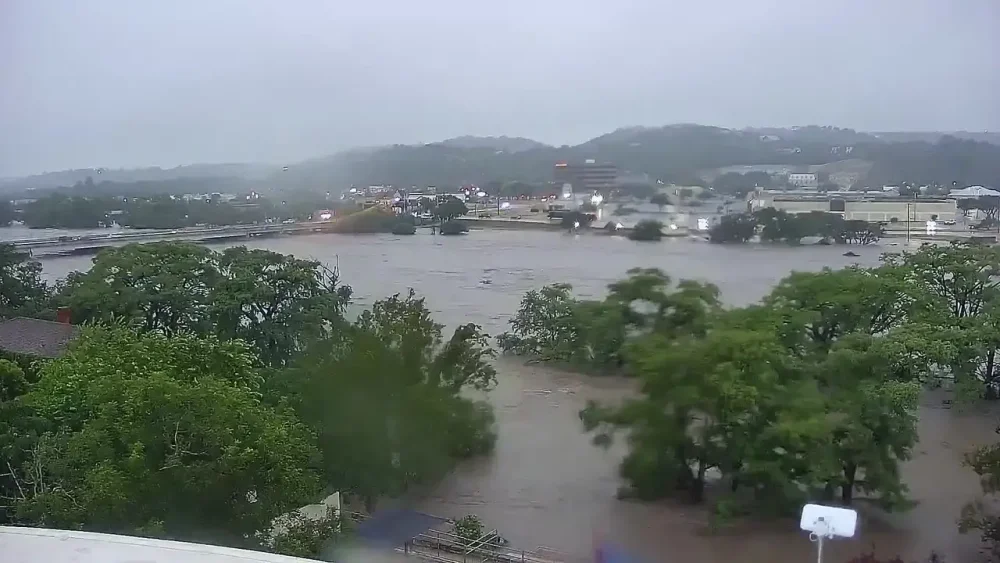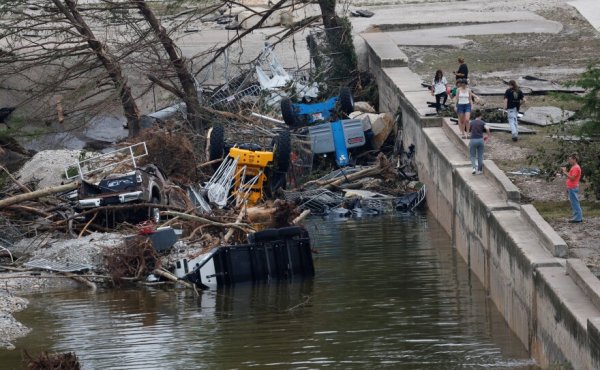Texas in tears after floods devastate communities: Climate change continues to trigger deadly disasters
On July 4, 2025, heavy hailstorms began pouring down on central parts of Texas, USA. As minutes turned into hours, clouds thickened, winds picked up, and an overwhelming amount of water started flooding rivers and streets.
The ground, which usually absorbs water and directs it to appropriate drainage paths, lost its capacity to cope. In a short time, roads used by vehicles and pedestrians were submerged, water swept away everything in its path, even reaching people’s homes unexpectedly.
Within hours, the weather turned into a nightmare for residents and emergency responders. People started calling their loved ones begging for help, others were gripped by panic, attempting to save their children and elders, but the water surged in with brutal force, turning everything into chaos and sorrow. Cries, screams, the roar of water, and the darkness of night merged into a symphony of despair with no clear end in sight.
In Kerr County, one of the hardest-hit areas, emergency services reported that 84 people were killed by the overflowing Guadalupe River. Among them were 28 children, and more than 30 others remain missing days later, with no information about their whereabouts or condition.
The floods came suddenly, submerging not only roads but also areas thought to be safe from such disasters.

Camp Mystic, a popular summer recreation camp for children and youth, became a scene of tragedy. The floodwaters rushed in, destroying cabins and infrastructure. At least 27 children and staff members died, and others are still missing. What was meant to be a day of joy quickly turned into a heartbreaking story of loss.
This tragedy has raised serious concerns about preparedness and response to natural disasters in the United States,a country seen as a global leader in technology and infrastructure. Many questioned how, in a nation with satellites, widespread internet access, and advanced media networks, people could die without receiving timely warnings to escape the rising waters.
Nicole Wilson, a resident of Kerr, expressed her grief and frustration:
“It’s heartbreaking to know we have all this advanced technology, yet we still didn’t have a way to warn people the water was coming. If we had known earlier, we could have done something.”
Her words echo the pain of survivors and expose a major gap in disaster prevention and communication systems.
Events like this carry a powerful lesson for the world: flooding is not just a local or national problem,it is a global challenge. From developed cities in America to the poorest regions of Asia and Africa, climate events keep reminding humanity of the urgent need to prioritize long-term strategies to protect people and the environment.
While the Texas flood dominates recent headlines, the world has witnessed many other deadly floods in history.
In 1931, China experienced one of the deadliest floods ever when the Yangtze, Yellow, and Huai Rivers overflowed due to a mix of heavy rain, typhoons, and melting snow. That disaster killed between 1.8 and 4 million people. Many drowned, starved, succumbed to disease, or were displaced into extreme poverty.
Another historic flood occurred in 1887, when the Yellow River burst its banks, killing around 2 million people. It was a result of uncontrolled settlements near the river and lack of flood protection infrastructure.
In Bangladesh, the 1970 Bhola cyclone caused massive flooding that claimed over 500,000 lives. The country’s low-lying geography, chronic flood vulnerability, and limited emergency capabilities made it one of the worst natural disasters ever.
In 2004, a tsunami caused by an undersea earthquake in the Indian Ocean devastated coastal areas in Indonesia, Sri Lanka, Thailand, and India killing over 227,000 people within minutes. The wall of water flattened entire towns, hotels, boats, and left survivors in shock.
Pakistan’s 2010 floods, triggered by monsoon rains, killed more than 2,000 people and displaced 20 million. Entire sectors healthcare, transportation, education, and markets were damaged or shut down.
All of these examples reveal a common pattern among nations: living in high-risk areas, lack of early warning systems, poor infrastructure resilience, and low public awareness on disaster preparedness.
As the world faces intensifying climate change, a global approach to sustainable disaster resilience is essential. Countries must invest in early-warning technology, build climate-resilient infrastructure, restore natural ecosystems such as forests, wetlands, and hills, and educate their populations on disaster preparedness and signs of danger.
To ensure a peaceful tomorrow, we must rethink how we treat natural disasters. They are not just unfortunate events,they are matters of choice: the choice to act early or to endure avoidable suffering repeatedly.

